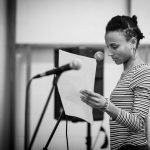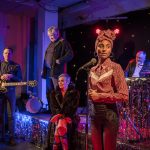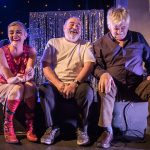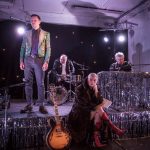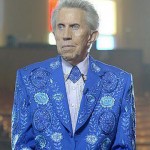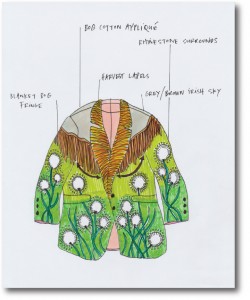Since 2014, I have been exploring the layered history of The Montague.
The Montague Hotel is a real hotel – was a real hotel. On the far reaches of the rural town I grew up in, on the flat plains of Ireland’s midsection, my parents celebrated their wedding there in 1975. The Montague was the centre of things, where people celebrated everything, all of life and death – christenings to funerals and everything in between. It was a hitching-post on the Country–and–Western touring circuit, filled with the music of outsiders: frontier ballads of exile and emigration, outlaws and open plains, heartbreak, loneliness, loss. Closing its doors in 2000, it reopened in 2008. But not as a hotel. Taken over by the Reception and Integration Agency, it was now a detention centre for asylum seekers.
The Montague is a weird place: its disjointed narratives seem to be trapped like air bubbles between the layers of old wallpaper in the hotel ballroom. Preoccupied with the complexity of culture, society, history, I have been less interested in telling the real stories of this Montague than in taking a sideways glance at it, exploring how a refracted, fictionalised Montague could exist next to the real thing, whose political situation is present and pressing. In a weird confluence of real and unreal, in the clash between past and present, I’ve been searching for this story and a form for its telling.
In the early stages of development, I was supported by mentor Tim Crouch through Pan Pan’s excellent mentorship programme (listen to Tim and I talk about the early genesis of Montague on RTÉ Radio 1 here). Montague was then commissioned by Mermaid County Wicklow Arts Centre, and in November, with the support of Mermaid and an Arts Council Project Award, we began a 2-week research and development period with a full team of collaborators. During this fortnight of exploration, my initial text became a backbone. Exploring character, sound, set, lighting, movement, costume, texture, we worked together to explore the possibilities of form, to tell the imagined story of this real place – a story that began like this:
A band return to a hotel in the Irish midlands that they’ve been performing at since 1975, finding it transformed. In place of ticket holders for their 40th anniversary tour, an audience of asylum seekers. The four musicians are greeted by current resident Joyce and her young son, and she encourages them to stay and play.
In this imagined encounter, in the clash between past and present, the band are forced to confront the urgent reality of the stage they have just stepped onto. In a political situation that is present and pressing, the story and performance unfolds in the form of a sound check.
Development continues.
 Writer: Kate Heffernan. Director: Gary Keegan. Perfomers: Sallay Garnett, Pat Laffan, Gina Moxley, John Olohan, Raymond Scannell. Choreographer: Megan Kennedy. Lighting and Set Designer: Ciaran O’Melia. Costumer Designer: James David Seaver. Sound Designer Jack Cawley. Sound Engineer: Eoin Murphy. Produced by Niamh O’Donnell for Mermaid Centre.
Writer: Kate Heffernan. Director: Gary Keegan. Perfomers: Sallay Garnett, Pat Laffan, Gina Moxley, John Olohan, Raymond Scannell. Choreographer: Megan Kennedy. Lighting and Set Designer: Ciaran O’Melia. Costumer Designer: James David Seaver. Sound Designer Jack Cawley. Sound Engineer: Eoin Murphy. Produced by Niamh O’Donnell for Mermaid Centre.
Montague is commissioned by Mermaid County Wicklow Arts Centre. Research and development period made possible by an Arts Council Project Award (Creation Strand). Early development supported by Pan Pan’s International Mentorship and Bursary Scheme.
Photography by Ste Murray.






